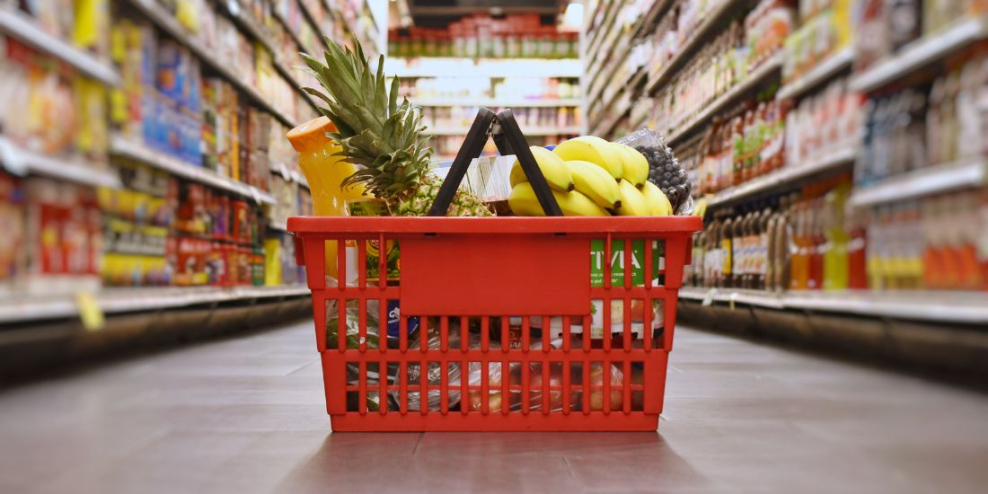Getting tired of sticker shock at the grocery store?
You’re not alone.
In January the price of a bag of groceries soared 11.4 percent from the same time last year, according to the latest Canada Food Price Report. Veggies are up a whopping 14.7 percent and sack flour jumped a staggering 23.2 percent.
Worse, experts predict food prices will increase five to seven percent on average next year. That means an average family of four can expect to dole out $16,288 for groceries in 2023, an increase of $1,065 from 2022.
And 2022 was bad enough. Economists had predicted food inflation of between five and seven percent. Instead, last year it hit 10 percent
So what’s with the soaring food inflation when the general inflation rate is cooling slightly?
The Fat Cat owners of grocery chains say soaring fuel prices over the past year and supply chain issues are to blame for food inflation. When food producers raise their prices, the grocery stores must pass those increases on to consumers. Or, so they say.
But that doesn’t tell the whole story. Corporate concentration and greedflation are also part of the problem. Greedflation is when companies exploit inflation to make big profits.
Five corporations dominate the retail grocery business in Canada. At the top of the heap is Loblaws, which owns 25 retail brands, including Extra Foods, Real Canadian Superstore and SuperValu.
The Jim Pattison Group owns 13 brands, including Buy-Low Foods, AG Foods, and Save-On-Foods.
Empire owns 14 store brands, including Thrifty’s and Safeway.
Quebec-based Metro Inc. owns eight grocery chains, and Georgia Main Food Group owns three, including IGA and London Drugs.
While Canadians get hosed at the cash register, some grocery stores post record profits. Loblaws president Galen Weston Jr. swears that the company isn’t gouging consumers. That’s hard to believe. Loblaws’ 3rd quarter profits in 2022 were up 30 percent over 2021. Without taking a deep dive into Loblaws books, we won’t know how much their costs have increased. But it doesn’t matter – a 30 percent profit is a 30 percent profit, any way you slice it.
Grocery stores are businesses, so they need to make a profit to survive. That’s free market capitalism for you.
But when does profit become too much profit?
Why not shoot for a 15% profit and pass the balance onto consumers through price drops?
Many Canadians struggle to pay monthly bills, from heating their houses to paying rent. Add food inflation, the likes of which most of us have never seen, and that’s enough to break the bank for some of us.
So, when Loblaws cheerfully announces its record earnings, that’s not just unethical; it’s obscene.







